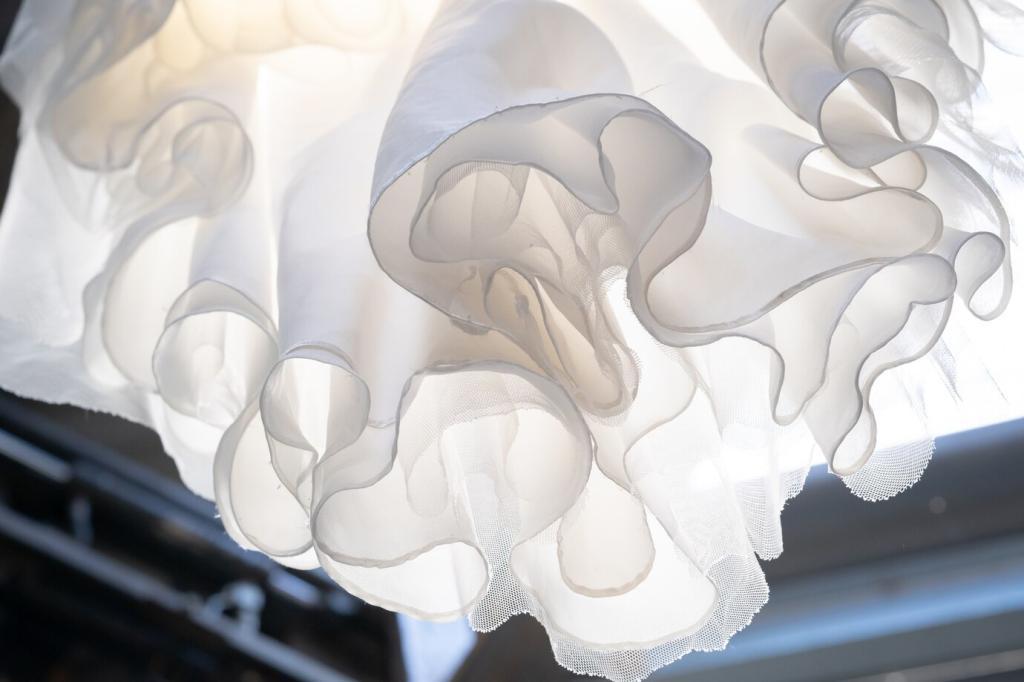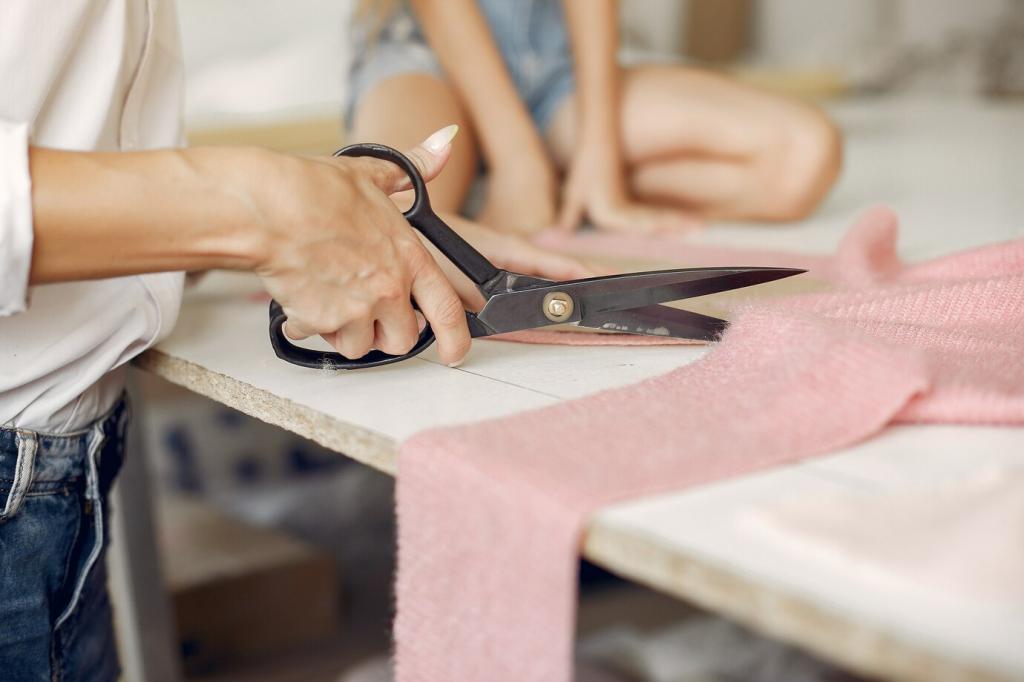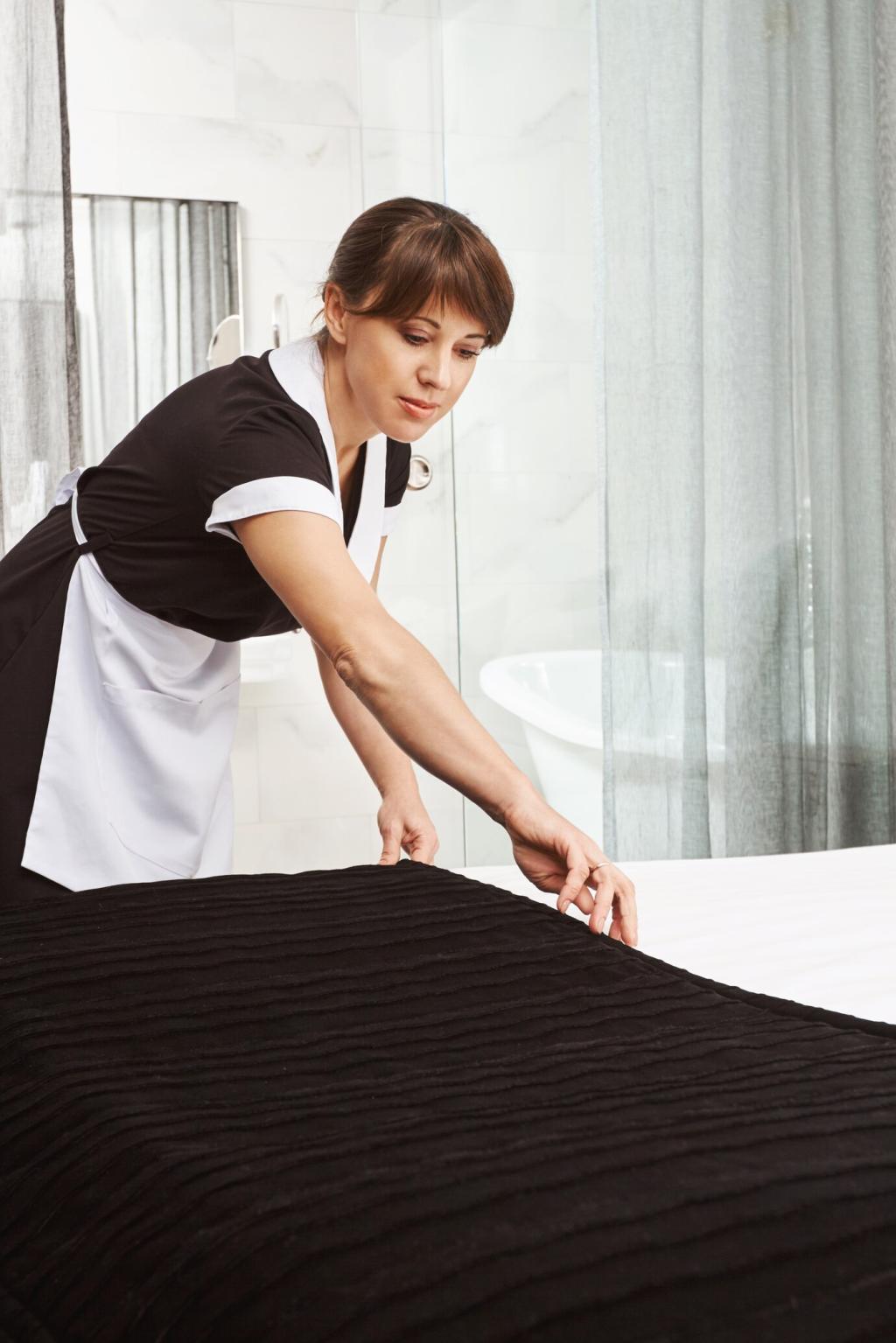The Gentle Science of Drying Silk Bed Linens
Chosen theme: Tips for Drying Silk Bed Linens. Keep your silk sheets cloud-soft and luminous with thoughtful drying techniques, real-life anecdotes, and practical steps you can repeat with confidence. Join the conversation, ask questions, and subscribe for fresh silk care wisdom.
Heat is not your friend
High heat weakens silk’s protein bonds, dulls the natural luster, and encourages micro-breaks that reduce softness over time. Always avoid direct heat sources and favor slow, even airflow that respects silk’s delicate structure while preventing stubborn creases.
Protecting color and finish
Silk dyes can shift or fade when exposed to strong sun or hot air during drying. Shield your linens from direct sunlight, use white towels to avoid color transfer, and keep drying conditions consistent to preserve that liquid sheen and elegant drape.
The golden window of dampness
Silk behaves best when smoothed and shaped while still slightly damp. Gently align edges, ease out wrinkles by hand, and let the fabric rest flat. Tell us how you recognize the perfect damp window before finishing your air-dry routine.


Air-Drying, Done Right
Lay the silk sheet on a clean, dry, white towel, then roll it gently like a jelly roll to remove excess water without twisting. Press, do not wring. Unroll, replace with a dry towel if needed, and proceed to flat drying for best results.
Air-Drying, Done Right
Place the linen on a mesh drying rack or a bed of clean towels, reshaping edges and smoothing seams. If hanging, use wide padded hangers or clip at sturdy seams with fabric protectors. Avoid sharp clips that imprint or distort the weave.
Humidity, Weather, and Timing
A simple hygrometer can predict drying time better than guesswork. Around moderate humidity levels, silk dries steadily without stress. In muggy conditions, add a dehumidifier or move the rack to a less humid room to prevent a musty smell.


Humidity, Weather, and Timing
In cold months, keep silk at a safe distance from radiators or heaters. Warm, dry air nearby is helpful, but never let direct heat strike the fabric. Open doors for airflow, and rotate pieces so edges and centers dry at the same rate.
Air fluff only, no heat
Use the no-heat air cycle for a brief period to lift lingering moisture and soften fibers. Place the linens in a large mesh bag to reduce friction. Add clean dryer balls wrapped in silk-friendly fabric to encourage airflow without aggressive tumbling.
Partial tumble, finish flat
Give silk a few minutes on air fluff, then move promptly to a flat rack. This hybrid approach speeds early evaporation while preserving shape and luster. Smooth the surface, align hems, and let airflow complete the job gently and evenly.

Wrinkles, Finishing Touches, and Storage
Use clean palms to glide over the fabric, easing wrinkles toward the edges. Gravity helps if you drape over a wide surface. Patience here saves time later, and the result is that floaty, hotel-level drape we all love on the bed.
Wrinkles, Finishing Touches, and Storage
If needed, use a garment steamer on low from a short distance, moving constantly. For irons, choose the lowest silk setting with a pressing cloth and minimal pressure. Test a small area first to protect the finish and dye vibrancy.
Real-Life Lessons and Pro Tips

One reader placed a pillowcase on a bright sill for speed. It dried fast but lost its pearly glow along one edge. The fix was simple next time: indirect light, a fan on low, and a patient, even dry.
